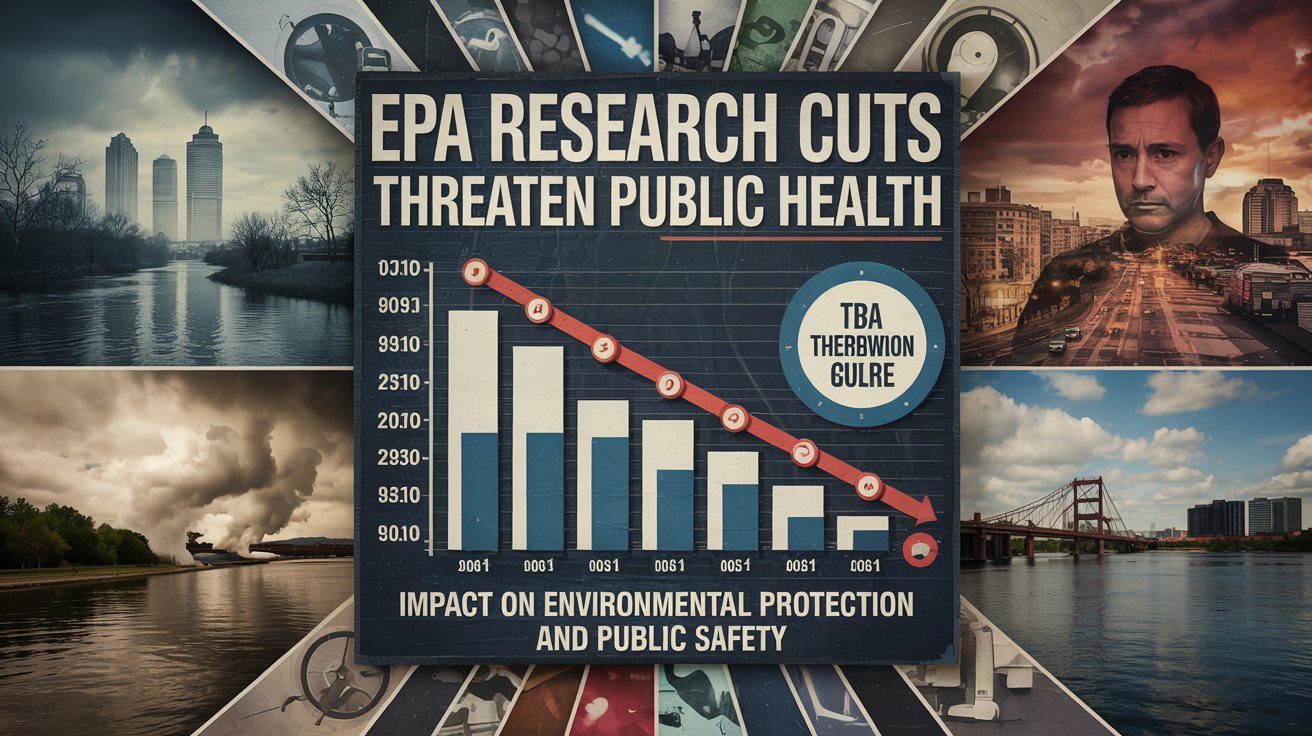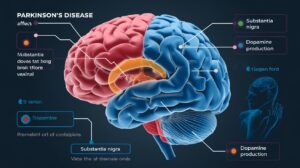Trump Administration’s Proposed EPA Research Cuts Threaten Public Health: A Deep Dive into the Impacts
The Trump administration’s proposed EPA research cuts threaten public health by significantly reducing funding for critical programs designed to protect the environment and safeguard human health. These cuts target programs responsible for monitoring and reducing pollution, assessing environmental health risks, and conducting scientific research that guides policy decisions. Without this funding, public health risks are likely to rise, particularly for vulnerable populations.
1. The Devastating Impact on Public Health Programs
The proposed EPA research cuts will have a devastating effect on public health. Key programs, such as those investigating endocrine disruptors (chemicals that interfere with hormone systems) and radon exposure (which is linked to lung cancer), face significant reductions. These programs are vital in preventing long-term health problems that disproportionately affect communities exposed to pollution and toxic chemicals.
Why It Matters:
Radon and endocrine disruptors are linked to various health issues, including reproductive disorders, developmental delays in children, and increased cancer risks. Cutting these programs will hinder efforts to reduce exposure to these dangerous chemicals, leading to a rise in health problems nationwide.
Table Comparison of Affected Public Health Programs:
| Program | Purpose | Impact of Cuts |
|---|---|---|
| Endocrine Disruptors Research | Studies how chemicals interfere with the body’s hormone systems | Increased exposure to harmful chemicals linked to health issues |
| Radon Exposure Monitoring | Tracks radon levels in homes and public spaces | Higher risk of lung cancer due to unmonitored exposure |
| Asthma and Respiratory Illnesses | Research on air quality and its impact on respiratory health | Increased asthma rates, especially in children and the elderly |
2. Undermining Environmental Protection
The proposed budget cuts threaten the EPA’s ability to enforce environmental regulations. These include the Clean Air Act, Clean Water Act, and other vital protections that limit the release of harmful pollutants into the air, water, and soil. By reducing funding for enforcement and regulatory programs, the EPA will be less capable of holding industries accountable for pollution, leading to increased health risks.
Pollution from industries can directly affect air and water quality, which in turn leads to increased rates of respiratory diseases, cardiovascular illnesses, and cancer. Without effective enforcement, industries may exploit loopholes, making it harder to protect communities from harmful pollutants.
Environmental Protection Breakdown:
EPA Regulatory Programs
|
-------------------------
| |
Air Quality Enforcement Water Quality Enforcement
| |
Improved health by reducing pollutants Clean drinking water access
3. The Threat to Scientific Research
Scientific research within the EPA plays a critical role in understanding how environmental factors, such as air pollution and contaminated water, affect public health. The proposed budget cuts would eliminate funding for key research initiatives, leaving gaps in knowledge about the long-term health effects of pollution.
Without ongoing research, it becomes difficult to develop new policies or regulations that protect public health. Research is essential for identifying new pollutants, understanding their effects, and developing strategies to reduce exposure. Cutting funding will slow down progress and delay essential action.
Table of Essential Research Programs at Risk:
| Research Program | Focus Area | Potential Consequences of Cuts |
|---|---|---|
| Air Quality Monitoring | Tracking pollutants like particulate matter | Difficulty in controlling pollution-related diseases |
| Water Contamination Studies | Investigating toxins in water sources | Increased risk of waterborne diseases |
| Climate Change and Health Impact | Researching how climate change worsens health | Delay in creating policies to reduce heat-related health risks |
4. Case Study: The Impact on Houston’s Environmental Health
Houston, Texas, is a prime example of how the EPA’s research and enforcement programs help mitigate environmental health risks. With its large number of oil refineries and chemical plants, the city faces significant pollution challenges. The proposed EPA research cuts would directly impact ongoing efforts to track and address these issues.
Houston’s population is disproportionately affected by air pollution, leading to higher rates of asthma, lung disease, and cardiovascular problems. Cutting EPA research funding could delay efforts to monitor air quality, preventing timely interventions that could improve public health.
5. Conclusion: The Need for Stronger EPA Support
The Trump administration’s proposed EPA research cuts threaten to undermine decades of progress in environmental health protection. These cuts would reduce the EPA’s ability to monitor pollution, enforce environmental laws, and fund essential scientific research. Protecting the EPA’s funding is crucial for ensuring the health and safety of American communities.
By supporting EPA programs, the United States can continue to reduce pollution, protect vulnerable communities, and advance scientific understanding of environmental health risks. The long-term health of the nation depends on maintaining strong support for the EPA.
Data-Driven Conclusion:
- Air pollution is linked to 7 million premature deaths globally each year (World Health Organization).
- In the U.S., 1 in 13 children suffers from asthma, a condition strongly linked to air pollution (American Lung Association).
- Research funding for the EPA has decreased by 22% since 2017, impacting the agency’s ability to track and manage pollution effectively (EPA Budget Review).
[USnewsSphere.com / epa]





